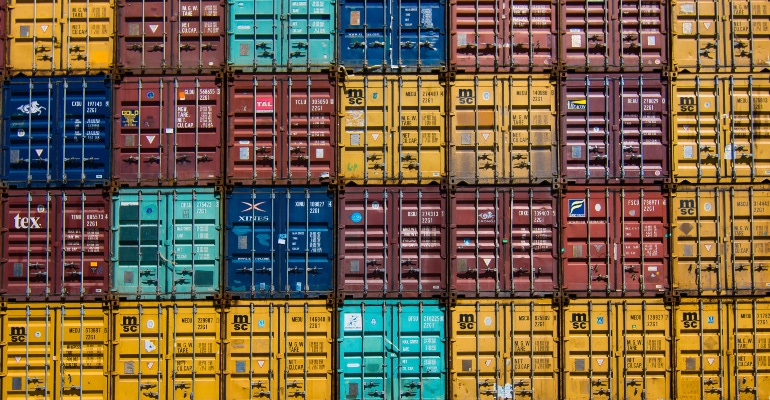The most important link between Asia and Europe has become blocked by a 400-meter cargo container, meaning more supply chain disruption.

The Suez Canal is one of the most important trade routes in the world. With 12 percent of all global trade passing through the region (source: Lloyds List), more strain on global supply chains is being forecast after a 400-meter cargo container banked and became stuck on Thursday.
The blockage prevents roughly $9.6 billion of goods from reaching their destination every day (source: Lloyds List).
With few alternative routes to ship goods from China to Europe (source: AP News), the blockage will impact all goods sold online and in-store, vital commodities and all containerized imports/exports.
Containerized goods make up 26 percent of total Suez traffic and shipping times are now forecast to increase by 30 percent due to the incident (source: Lloyds List).
The precise impact on business in Europe and the U.S. varies from increased waiting time to added shipping costs, should vessels divert around Africa (source: AP News).
Efforts are currently underway to re-float the vessel. But, with rescue efforts estimated to take anywhere between one day and one week, hundreds of ships are left in a holding pattern and global marine trade at a standstill.
About the Author(s)
You May Also Like








